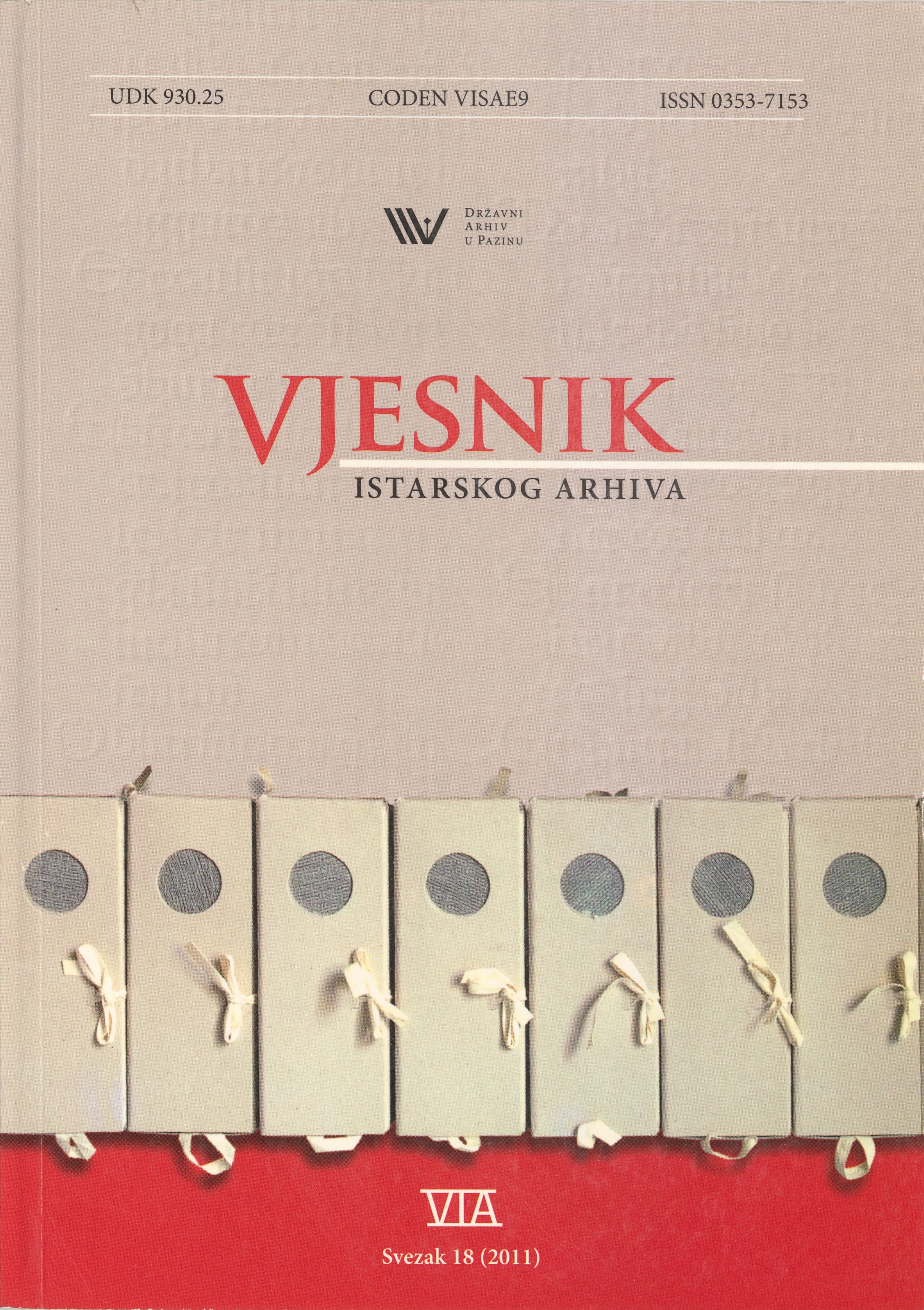The Enigma of the Diocese of Cissa/Cessa
Keywords:
Late Antiquity, Early Middle Ages, Diocese of Cissa, Novalja, PagAbstract
The author discusses the mysterious Diocese of Cissa or Cessa, mentioned in the 6th century at the time of the so-called Istrian Schism. The island and town of Cissa are not a phantom but a real historical locality mentioned by early authors. Even though it was known that the modern island of Pag used to be called Cessa or Kessa, older researchers searched for this locality in the western Istrian sea for various reasons: because it seemed that Pliny the Elder knew two Cissas, the Liburnian and the Istrian ones; because Notitia dignitatum mentioned the Cissan procurator for Venice and Istria; and, finally, because Vindimie, the Bishop of Cessa, was listed in 579 together with other Istrian bishops of the Aquileian region. The author favours the opinion of a few recent researchers: that there was only one Cissa, the Liburnian one, and that Pliny spoke twice of the same locality, using two separate sources; that it is absurd to speak about a sunk Cissa near Rovinj, thus rejecting the opinion of the Academy fellow Suić that the Brijuni Islands are the old Cissa; that the Cessan textile production and dying plant, together with its dedicated tunnelled aqueduct, was also located in Novalja on Pag; that the Bishop of Cessa was listed among the Istrian bishops not following the former juridical affiliation, but due to the doctrinal commitment during the Schism of the »Three Chapters«. He bases his thesis on an imposing number of old Christian monuments found in Novalja: three basilicas, 6 stone sarcophagi from the 5th century and reliquaries of martyrs from the 4th and 5th centuries found in situ in 1976.
Downloads
Published
Issue
Section
License

This work is licensed under a Creative Commons Attribution-NonCommercial 4.0 International License.

